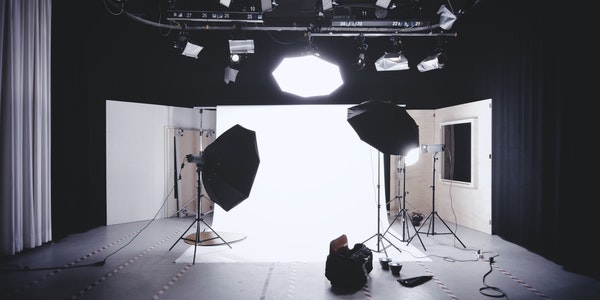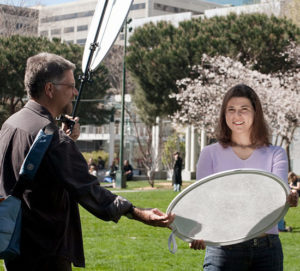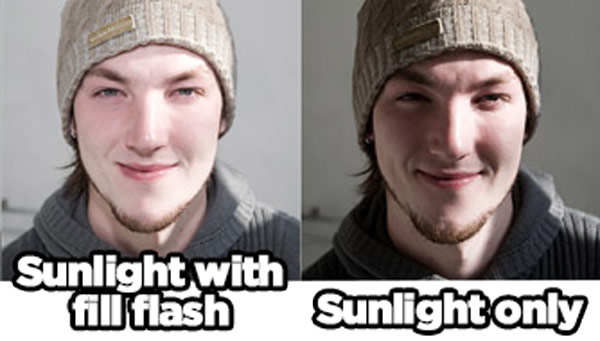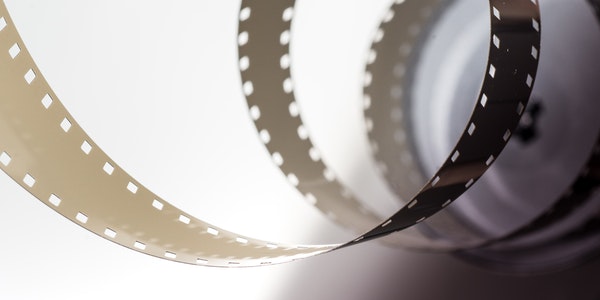Table of Contents
Key tone:
the most important section in cinematography. The middle range and height range reflect most of the facial tone and height shadow, so they are the most important.
Auxiliary light:
in this book, it represents a special type of contour light, which is used with the main light in three-quarters forward position and comes from three-quarters backward position. This term is also commonly used in the United States to represent contourlet, which is more commonly used in the United Kingdom.
The auxiliary light is also used to highlight selectively a part of the lens, for example, a perfume bottle in a commercial advertisement. This type of auxiliary light does not have to come from a backward position.
Sensitivity range:
The traditional term for the length of the linear portion of the characteristic curve projected on the loge axis, measured in loge units. It is the same as the loge range of the straight part, but it will be discussed in more detail. Sensitivity range is a regrettable term, because even if the contrast of the subject is low, it will show an exposure error.
The sensitivity range has nothing to do with the “reasonable tolerance”, but with the projection length of the straight line on the loge axis. We should avoid using this term and replace it with “length of straight line part” and “logarithmic range of straight line part”.
Light source direction:
refers to the lighting direction in a specific layout with the camera / subject axis as the reference. This is usually determined by the arrangement of the main light. The direction of the light source is also called the angle of light incidence. The direction of light source has an important influence on the number of shadow areas in a frame.
Lighting:
technically, lighting is the creation or control of the brightness range of the subject. Exposure establishes the relationship between the brightness range of the subject and the emulsion. Aesthetically speaking, lighting is the use of light on the subject to create the desired image mood and meaning. These are simple definitions, but the whole book is full of branches.
Illumination contrast ratio:
it is a comprehensive term of various illumination ratios used in movies — subject illumination ratio, subject / background ratio and subject brightness range. It is the comparison between the highest value and the dark value, and it is a combination of the above three ratios. Illumination rate is often used to represent what we call the illumination rate of the subject.
Perception:
refers to the surface properties of the image, its special style. From the impression made by Almendros in the film dsys of heaven to the commercial advertisement of modern music TV box, the impression of an image can be obtained and encountered instantaneously is the basis of lighting style.
Low-key:
Low profile is the opposite of high profile. Low-key effects include shadows and a lot of dark tones, and are accompanied by mystery, gloomy, and dark tones. Like high-key, low-key is also a subjective term used to mark and enhance midtones and deep tones, with only a small area of bright lighting layout.
Brightness:
refers to the actual amount of light reflected by a specific subject under a given amount of illumination measured in feet Lambert. For example, if a subject is illuminated by 100 foot candle incident light, a subject with 90% reflectivity will reflect 90 foot Lambert light. In the final analysis, the subject constitutes a series of brightness values, which we must reproduce on the emulsion.
Luminous object:
an object having a photographic luminance value independent of incident light. The main light sources are fire, light bulb, neon lamp, fluorescent, candle and “luminous objects”, such as TV, photo slide board, stained glass window, computer monitor, sunset, sun in fog, etc. A large area of light in a lens can also be like the presence of a luminous object, which has an important influence on the exposure discussed in this paper.
Intermediate density point:
if the top and bottom of the characteristic curve are projected horizontally onto the density axis, we get two density points of the photosensitive emulsion. The middle density point is in the middle of this density point. The incident light meter is designed to set the interval 5. The reflectance of gray and 18% is the middle density point on the characteristic curve.
Medium gray:
Hurter and Driffield calculated that the average of all naturally formed diffuse reflectance is an 18% reflectance. This is called medium gray and is used as the basis for an interval of 5 exposures.
Creative lighting:
Lighting that appears to come from a particular light source, such as a window, a desk lamp or a ceiling lamp.
The light source is either within the lens or can be clearly identified. In some cases, photographers make up a seemingly real and imaginary light source based on our common lighting experience. Lighting without creative light source may come from anywhere, which is often more symbolic than the reality of creative lighting.
Natural light:
Lighting principles believe that we should light lenses as they are found in nature and daily life. Natural light method was very popular in 1960s and 1970s. The introduction of high-speed lens and relatively fast film emulsion made it possible. Philosophically speaking, the natural light method is a response to the exaggerated and overemphasized photographic lighting in the 1940s and 1950s.
Normal exposure:
interval 5 exposure is the normal exposure in the movie, which arranges the brightness of interval 5 in the subject at the middle density point on the characteristic curve, so as to ensure the accurate reproduction of the key intermediate interval. Other intervals are arranged just outside the key points. Of course, falling at the top and bottom of the range and distortion.
Overall brightness range:
the same as the brightness range of the subject – the ratio between the maximum effective brightness value and the minimum effective brightness value. The overall brightness range of the subject is often extended to 500:1 or more.
Overexposed:
The brightness range of the subject is arranged too high on the characteristic curve. It makes the dark tones lighter and the bright tones are compressed, resulting in an illusory representation of the object. The overall effect of such an image is blurry.
Excessive lighting
Refers to the tendency to use too much light, especially the use of too much contour light and supplementary light for the actors, and the tendency to use too high intensity light for the background, resulting in a lower subject background ratio. Excessive lighting will destroy the inherent mood of an actual location and inhibit the creation of mood in a studio shooting situation.

Local lighting:
This is a kind of lighting technology popular in black, sensational events and other dramatic films in the 1940s and 1950s. The cinematographer blocks the light from the body to strengthen the actor’s face, and blocks the light from the forehead to focus the audience’s attention on the actor’s eyes.
Practical light source:
refers to the light source in the lens, such as a desk lamp, a candle or a light bulb. Practical light source is used to create creative lighting layout and as props, but generally not for lighting actors.
Prelighting:
a technique commonly used in feature films. It refers to the lighting electrician’s lighting for the next shooting site or scene when the film shooting is under the ground of an obviously illuminated shooting site.
Reflectance:
as with diffuse reflectance, most objects emit only a percentage of the light they emit. This property of an object is represented by the term diffuse reflectance or reflective system. We say that a white object has a 90% reflection system. A black object has a 4% reflection system, etc.
reflected light:
The light reflected from an object into our eyes. The reflected light is the light we see and the light we expose the film. The light reflected by an object can be measured with a reflection photometer in feet, and the unit is expressed in feet-Lambert.
